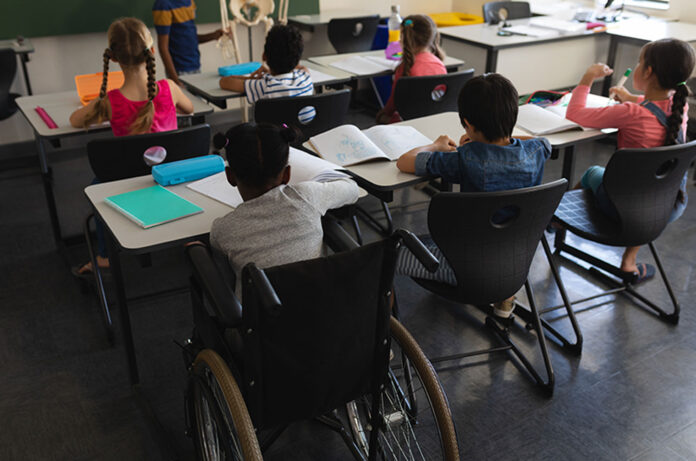Diversity is a critical aspect of society that every person should understand and appreciate. Children are the future of our world, and it is essential to instill in them an understanding of diversity from an early age. A diverse and inclusive society promotes respect, tolerance, and equality for all, starting with educating our children. This article will explore the importance of teaching diversity to children and provide practical tips on how to do so.
What is Diversity, and Why is it Important to Teach Children?
 Diversity refers to the differences and similarities that exist between people. These differences include race, ethnicity, culture, gender identity, sexual orientation, religion, language, and abilities. Diversity is essential to society because it allows us to recognize and appreciate the unique experiences and perspectives that each person brings to the table. By doing so, we can create a more inclusive and equitable world.
Diversity refers to the differences and similarities that exist between people. These differences include race, ethnicity, culture, gender identity, sexual orientation, religion, language, and abilities. Diversity is essential to society because it allows us to recognize and appreciate the unique experiences and perspectives that each person brings to the table. By doing so, we can create a more inclusive and equitable world.
Teaching children about diversity is essential because it helps to combat prejudice, discrimination, and inequality. Children are like sponges, and they absorb everything they see and hear. By teaching them about diversity at an early age, they can develop a more accepting and tolerant mindset, which will shape their future interactions and relationships. Exposing children to diversity will help them understand that everyone is unique and special in their own way, regardless of their differences.
Moreover, diversity education prepares children for the real world by exposing them to different cultures and backgrounds. It is increasingly common for people from diverse backgrounds to interact and work together in today’s globalized world. Teaching children about diversity can equip them with the skills they need to communicate and work effectively with people from diverse backgrounds.
Tips for Teaching Diversity to Children
- Start early: The earlier you teach children about diversity, the more likely they will internalize these values. You can start by reading diverse books, watching movies and TV shows with diverse characters, and talking about the differences and similarities between people.
- Use age-appropriate language: Children have different levels of understanding and comprehension, so it’s essential to use language they can understand. You can use simple words and examples to help younger children understand what diversity means, while older children may be ready for more in-depth discussions and examples.
- Encourage questions: Children are naturally curious and will ask questions about what they see and hear. Please encourage them to ask questions about diversity and answer them as honestly and accurately as you can. This will help them to develop a deeper understanding of diversity and promote open-mindedness.
- Celebrate differences: It’s essential to celebrate and appreciate the differences between people. You can do this by highlighting different cultures’ unique experiences and traditions or inviting people from diverse backgrounds to speak to your children. This will help children to see the value of diversity and appreciate the contributions that people from different backgrounds make to our society.
- Lead by example: Children are more likely to internalize the values and behaviors that they see in their parents and caregivers. By leading by example and demonstrating respect, tolerance, and inclusiveness, you can help your children to develop these qualities.
- Encourage respect for all people: It’s essential to teach children to respect all people, regardless of their differences. You can do this by modeling respectful behavior, correcting inappropriate behavior, and teaching them to recognize and speak out against prejudice and discrimination.
- Use media and technology: There are many resources available that can help children learn about diversity, including books, movies, TV shows, and educational websites. You can use these resources to supplement your teachings and help children to develop a more profound understanding of diversity. Just be sure to monitor their usage and choose materials that align with your values and the message you want to convey.
- Take advantage of community events: Your community is an excellent resource for teaching diversity to children. Attend cultural festivals, art exhibitions, and other events that showcase your community’s diverse backgrounds and experiences. This will help children understand the different traditions and cultures in their community and appreciate the value of diversity.
- Encourage empathy: Encourage children to put themselves in someone else’s shoes and understand the experiences of people from different backgrounds. By doing so, they can develop empathy and a better understanding of the challenges and experiences of others.
- Please keep the conversation going: Diversity education is an ongoing process, and it’s essential to keep the conversation going. Encourage your children to ask questions, have open and honest discussions, and continue to learn about diversity.
A More Inclusive and Equitable Society
Teaching diversity to children is a critical aspect of promoting a more inclusive and equitable society. Starting early, using age-appropriate language, celebrating differences, and encouraging respect for all people, parents, and caregivers can help children to develop a deep appreciation and understanding of diversity. The future of our world depends on our ability to raise children who are accepting, tolerant, and respectful of all people, regardless of their differences.
So, let’s start today and make diversity education a priority in our homes and communities.



Recent Comments